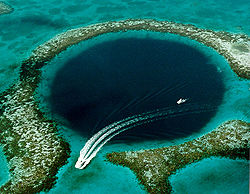Tsunami the Aftermath is the hearth breaking story of those who survived December 26, 2004. The Tsunami thrashed the coast of Thailand (Phuket and Khao Lak in Thailand)and 12 other countries. It is estimated that over 227,000 people died and when the movie came out, 50,000 bodies were still unaccounted for. In 2006, the Tsunami was considered one of history's most cataclysmic disasters.. This film was directed by Bharat Nalluri, has shown me a natural landscape is wonderful, so majestic, so immense, and it also showed me the happiness, fun, relaxed that nature has given to human. And it took me to see the devastation, destruction damage, death ... as well
I feel that the tsunami that hit Khao Lak was a real catastrophe; it swept the whole village down with one big wave. Khao Lak is a beautiful place that attracts many tourists, so most of the victims of this ruinous disaster were the foreigners. In this movie, I saw the monks burned corpses of the victims of the tsunami, and they didn’t care whether the corpses were foreigners or locals. I know it that the burning was done to prevent the spread of diseases, but they had to respect the cultural differences. Maybe the Thais see the body as vessel, but the westerners need the bodies for burial for the closure. The monks in this movie just burned the corpses and ignored all complaints from others. Another thing that I feel about the burning is that it’s unfair for the family members of the corpses, because it made the family members didn’t even know whether the member of the family that they were searching were still alive or not, as they thought the other members of the family were still missing.
After watching this movie, I feel that the importance of education and the warning systems had a huge role in the number of victims during the tsunami in 2004. People in this movie saw that the birds flew away, and the windows were shaking, but they ignored the warning signs. If they ran to the high ground directly, the number of victims wouldn’t be as much as it was.





